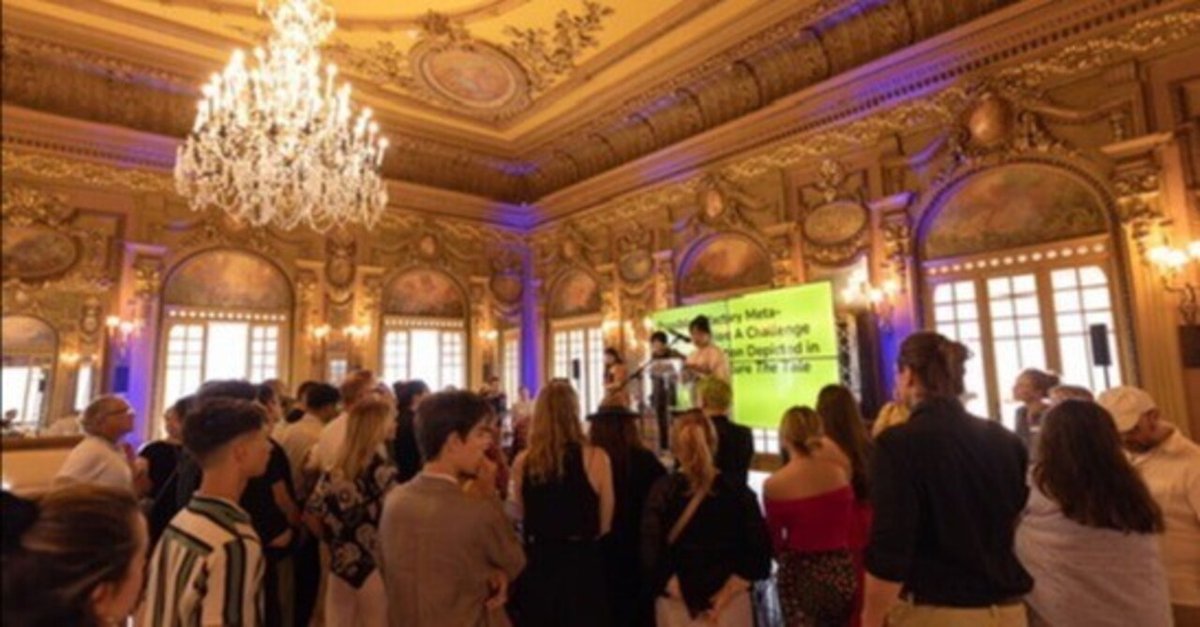
リスボンにて発表!『源氏物語』に描かれた嗅覚コミュニケーションへの挑戦
リスボンで開催された「実験的な香りのサミット2024」 において、「香りのメタコミュニケーションの可能性: 日本文学『源氏物語』に描かれたコミュニケーションへの挑戦」を発表しました。
IAOよりちょうど発刊された嗅覚文化ジャーナル「アラバストロン」に書いた、源氏物語に登場する香りと、その香りを使って人々がどのようにコミュニケーションをとったかについてでした。1000年にわたって受け継がれてきたレシピに従って香りを再現し、小さなパフォーマンスを行い、香りに込められたメタ的な意味を感じ取れるかどうか、挑戦してもらいました。
なぜ、源氏物語か。それはレシピが古いから、それが日本人として誇らしいとか、そんな理由ではありません。どこにでもあるような男女の心の機微を、作者が「香り」として表現し、それを読者が読み取る(想像する)。それはひとつのアートの形ともと言える、洗練されたメタ・コミュニケーションだと考えたからです。
パフォーマンスをするにあたり、私の主宰する香り文化協会の仲間たちに協力いただきました。ステージで雅な香りを演出すると同時に、顔も売っていただけたかと思います(笑) ありがとうございました。
我々は最近、日本の香り文化に関する様々な情報の提供を目的としたウェブサイトを立ち上げました。www.scentculture.org まだ産まれたばかりですが、古典から現代まで、そしてアートから観光まで、日本を訪れる外国の方々にも今後参考になるようにと思ってます。
Experimental Scent Summit 2024. I made a presentation on the theme: Possible Olfactory Meta-communication: A challenge of communication depicted in Japanese literature The Tale of Genji.
It was about what I wrote in Alabastron (the journal just released by IAO), about the scents that appear in The Tale of Genji and how people then communicated about / with them. I recreated the fragrances following the recipes inherited over 1000 years, and then made a small performance for the audience, challenging them if they could pick up a meta meaning minded in the scent.
Why The Tale of Genji? It is not because the recipe is old, nor because it makes you proud to be Japanese. The author here expresses the subtleties of the hearts of men and women, which can be found anywhere, as a ‘scent, which the reader then reads (or imagines). It shows a sophisticated meta-communication that could almost be described as a form of art.
In performing, I was assisted by my colleagues from the Scent Culture Institute Japan, which I initiated. I think that as well as creating an elegant fragrance on stage, they were able to sell their faces at once
We’ve just launched a website now, which we aim to provide various information around Japanese scent culture, from classic to modern, from art to sightseeing - hope we can be at your help when you come to Japan: www.scentculture.org
Special thanks to:
Kaori Egashira
Ayana Ishigahara
Photos and videos:
João Inocêncio Gomes for Institute for Art and Olfaction
Peter de Coupere
